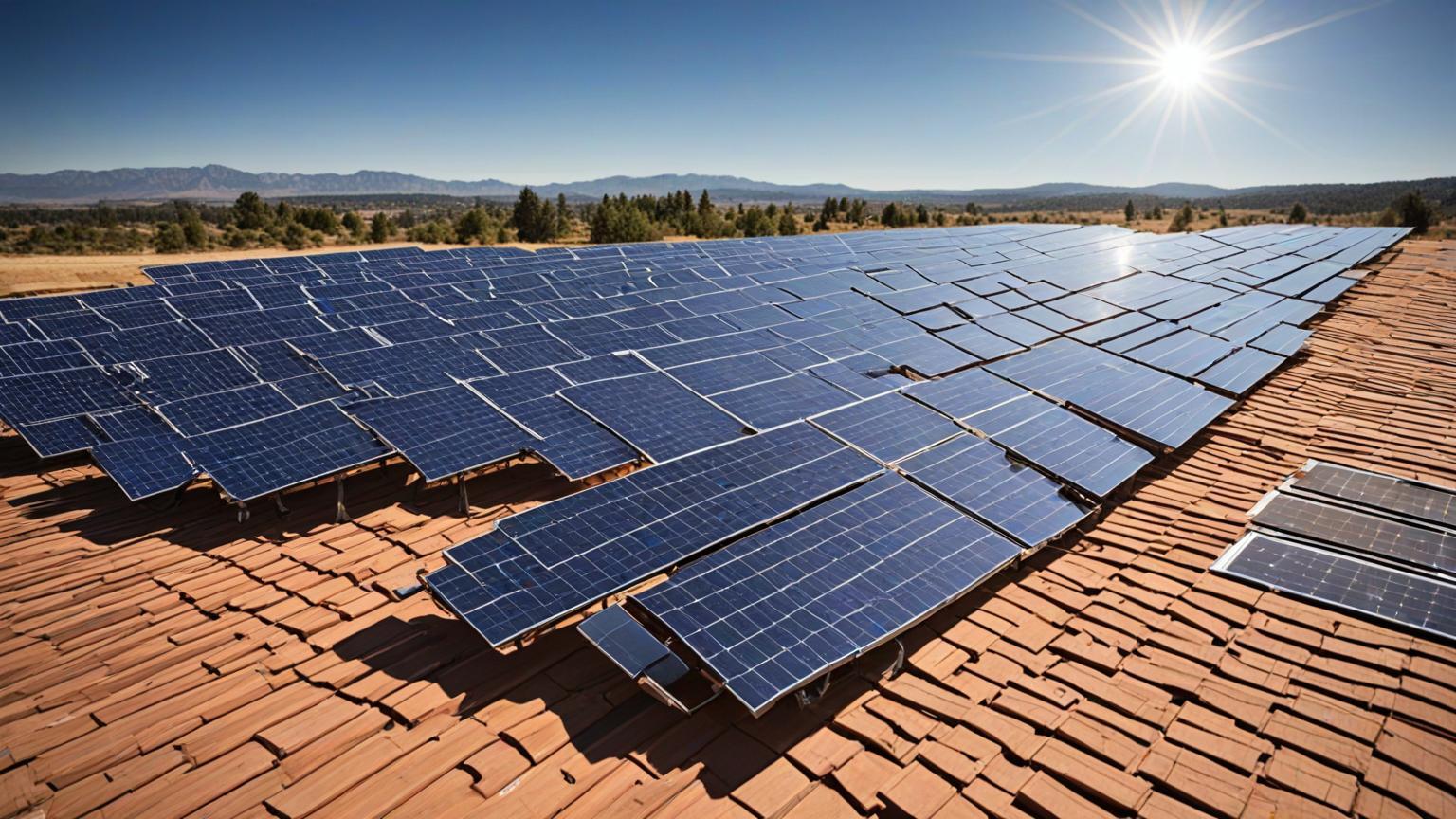In recent years, the interest in solar energy has surged immensely, marking an evolution not just in technology, but also in how we conceptualize energy efficiency. Amidst this progressive wave, bifacial solar panels have emerged as a groundbreaking innovation, promising higher power output and increased efficiency. Let's deep dive into the intricate world of bifacial technology and understand how it is reshaping the solar landscape.
Bifacial solar panels, true to their name, capture sunlight on both sides, a design that provides a significant boost in power generation compared to traditional monofacial panels. This attribute alone enhances their efficiency by 5% to 20%, depending on installation parameters and environmental conditions. During peak sunlight hours, the rear side of bifacial panels can utilize reflected light from surfaces like rooftops, snow, or even vegetation, adding an unconventional layer of energy harvesting.
The key to their increasing popularity lies in their adaptability and versatility. Many solar developers are attracted by the potential to generate more electricity from a limited space. Moreover, bifacial panels have shown promise in diverse geographic regions, performing exceptionally well in areas with high ground albedo or abundant diffuse light, like deserts or high-latitude locations. This has widened the application gamut for solar farms, making them suitable in places that were previously not considered optimal.
A fascinating aspect is the material innovation involved in bifacial solar panels. They are typically made from high-efficiency passivated emitter rear contact (PERC) cells and advanced glass technology, contributing to their resilience and energy absorption capabilities. These advancements not only enhance their potential yield but also extend their lifespan, offering a compelling economic case for solar stakeholders.
Despite the apparent advantages, the transition to bifacial panels isn’t without its hurdles. One significant challenge is the added cost in comparison to monofacial panels. While the prices for solar technology, in general, have seen a declining trend, bifacial modules are relatively more expensive due to their sophisticated manufacturing process and the need for transparent back-sheets or dual glass encasing. However, as the technology matures and scales, these costs are expected to stabilize.
Additionally, integrating bifacial technology into grid systems requires recalibration of existing infrastructures and possibly new software to monitor and adapt to the bidirectional power output. This factor prompts a learning curve for both installer companies and energy providers. Yet, industry players are optimistic, asserting that the long-term gains in energy and cost savings outweigh the initial investment hurdles.
Market trends signify a positive inclination towards bifacial panels. They are gradually becoming a preferred choice not just for utility-scale projects but for commercial and industrial installations as well. Leading solar markets in the US, China, and parts of Europe are already embracing this technology. With favorable government policies and incentives geared towards sustainable energy solutions, bifacial panels are expected to achieve marked penetration in the coming years.
Moreover, as environmental consciousness takes center stage in global discussions, bifacial solar panels offer an eco-friendly and efficient solution that aligns well with new sustainable standards. Companies that prioritize sustainability are increasingly integrating bifacial solar solutions as part of their carbon footprint reduction strategies.
The future looks promising. Research is ongoing to further refine the technology, possibly integrating AI to maximize output efficiency, predicting energy harvest based on weather patterns, and developing lighter materials to facilitate easier installations. Furthermore, with continuous support from governments and industry stakeholders focusing on renewable energy transition, bifacial solar panels are anticipated to play a pivotal role in achieving global clean energy targets.
In conclusion, bifacial solar panels encapsulate the spirit of innovation driving the solar industry forward. By harnessing the sun’s energy more comprehensively, they represent a step towards an era where solar power may rival or even surpass traditional energy sources. As we continue to innovate, the potential of solar energy, especially through technologies like bifacial solar panels, seems limitless, promising not only to power our homes and industries but to illuminate a more sustainable path for generations to come.
The Rise of Bifacial Solar Panels and Their Impact on Energy Efficiency

